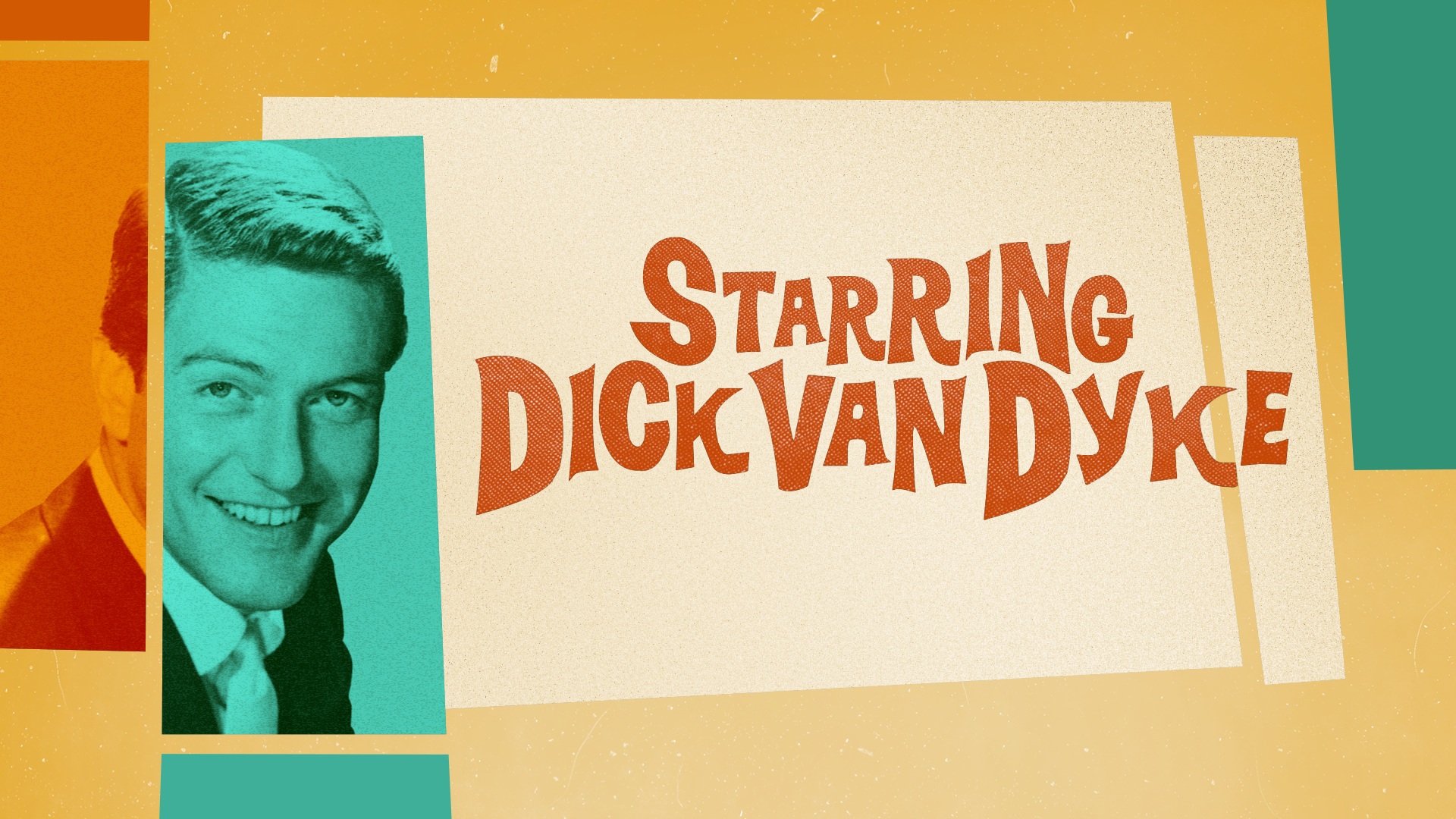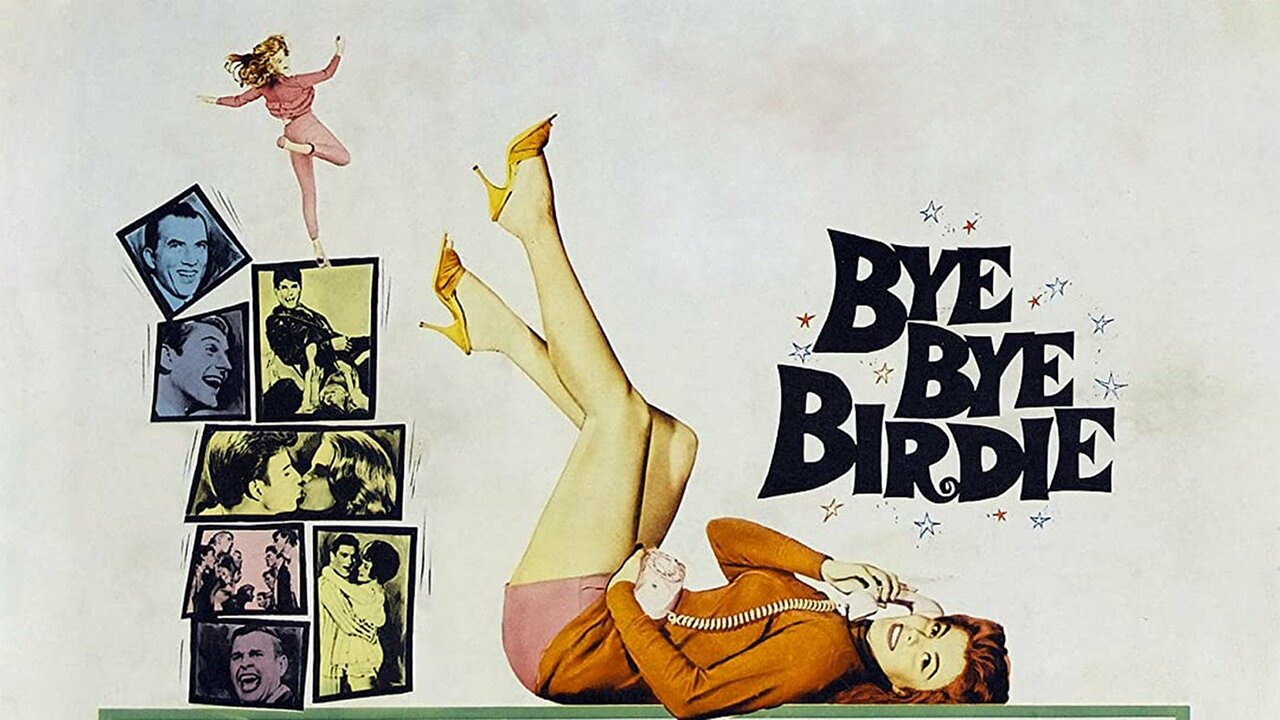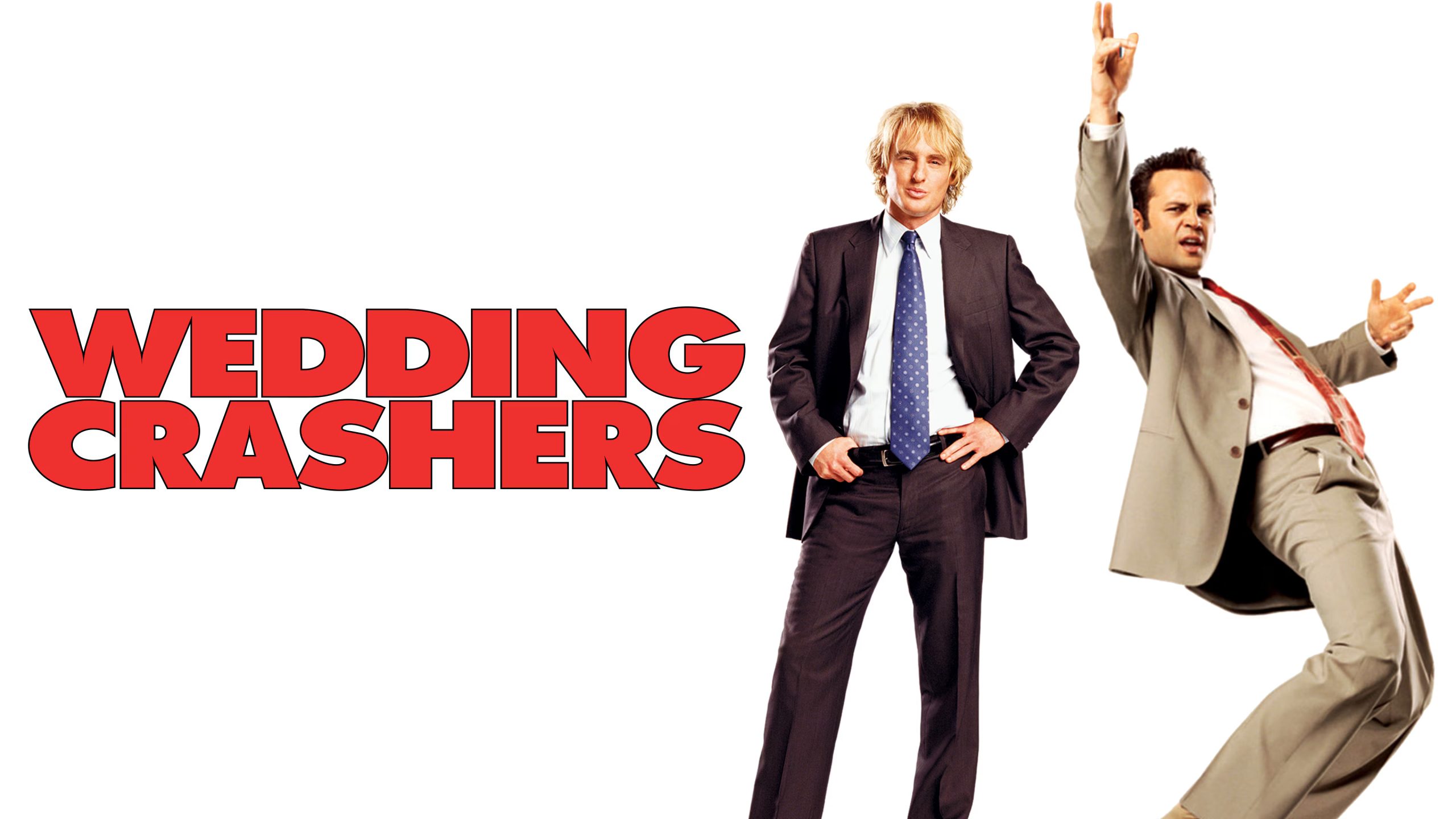
Between film, television, and streaming services, there is simply way too much streaming content getting released for public consumption.
It’s all too much as The Beatles guitarist George Harrison once sang.
According to a piece in Variety, a Nielsen report states that there are 817,000 unique titles across both TV and the various streaming services as of February 2022. The number is up 26% from 646,000 titles in December 2019. It’s enough to feel overwhelmed–I know that I am!
Here’s this bit:
In February 2022, content from streaming platforms accounted for nearly 29% of consumers’ total time with TV, ahead of broadcast programming (26.4%) for the fourth straight month, according to Nielsen’s The Gauge, a monthly snapshot of total TV and streaming usage. In total, Americans watched almost 15 million years’ worth of streaming video content in 2021, per the measurement company’s estimates.
If you wonder why you’re favorite broadcast show is getting cancelled, it’s because nobody is watching it live or within the first three days. That’s what the networks are looking at it. Waiting until the end of the season is not going to save your show. You have to watch new episodes within a certain time frame!
Netflix used to be the only ballgame in town but then the studios decided they wanted to take out the middle man. Now we have providers like Disney+, Apple TV+, Paramount+, Peacock, Hulu, Prime Video, IMDb TV, HBO Max, Discovery+, AMC+, and the Roku Channel. This is just scratching the surface as there are other providers out there. It also means having to pick and choose what shows and films to cover in a week. That’s also on top of whichever films are getting a theatrical release. When you’re a one-person operation, it means having to pick and choose. In the before times, studio releases would always take the biggest priority. Such films would always bring in the most amount of traffic.
And then March 2020 happened. Theaters closed as cities and states issued shelter-in-place warnings. With everybody staying home, streaming services came to the rescue. A film that had a planned theatrical release went to VOD or unloaded onto a streaming service. Other films were held until the following year. But as people started going back to work, streamers and studios were greenlighting an increasing amount of content for their services. If you are a Star Wars or Marvel fan, you’re in luck because there’s been no shortage of content to watch. Lucasfilm alone is responsible for series such as The Mandalorian, The Clone Wars, The Bad Batch, and The Book of Boba Fett. This doesn’t even begin to get into other specials and such. With Marvel, we have WandaVision, The Falcon and The Winter Soldier, Loki, What If?…, Hawkeye, and Moon Knight.
All of the new Star Trek series have their home on Paramount+: Star Trek: Discovery, Star Trek: Picard, Star Trek: Lower Decks, and Star Trek: Prodigy. Star Trek: Strange New Worlds enters the picture in May. None of these are launching on broadcast networks. They might get a broadcast window in the future but they’re streaming exclusively for now.
All of the above alone just covers Marvel, Lucasfilm, and Star Trek. It does not even begin to scratch the surface with what’s on other streaming services. I haven’t started on Severance, Winning Time, or Shining Vale yet but I highly recommend The Afterparty if you’ve been missing out on the whodunit. If you’re a writer, you have to pick and choose what you’re going to cover. There’s no way of knowing what’s going to become a hit film or series. Not even having the involvement of big names is something that equals success these days. Audiences are fractured–look at the Oscars as proof. You can have the most accessible Oscar nominees for two years in a row and still have trouble gaining finding viewers. On this note, you really need to read this piece from Nina Metz at the Chicago Tribune.
Every week, I take a look at what is coming out on Netflix. Not so much on the TV series side but on the film side. Netflix, Disney+, and Prime Video have the highest subscription numbers. HBO Max, thanks to its library and last year’s day-and-date release schedule, has a growing subscription base. Apple TV+, while having critically acclaimed series and an Oscar-winning movie, does not have the same sort of numbers. They did not provide a numbers update in February. A large subscription base does not always mean everyone is going to be watching at a given time. But depending on the names attached to a film, it could mean it’ll be in the top ten if only for that reason. I might not have time ahead of release but curiosity could pique my interest.
This does not even begin to get into the release models. Some streaming services are sticking to all at a time. What this means is that the conversation could die down after a week or two. But some streamers are choosing to stick to a classic release model: one episode at a time. It means appointment TV for some of them. If you’re not watching at launch, you’re watching as soon as you wake up in the morning. Otherwise, there’s a chance of spoilers making their way across the internet. Depending on the release day, one could be spending hours upon hours just watching new streaming content. Or people could just wait for all the episodes and then sit down in a single one- or two-day binge.





